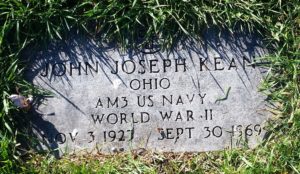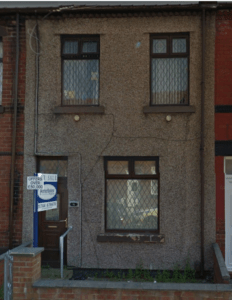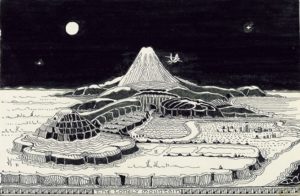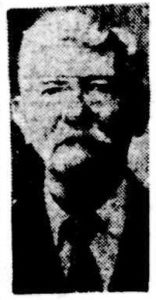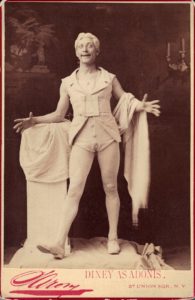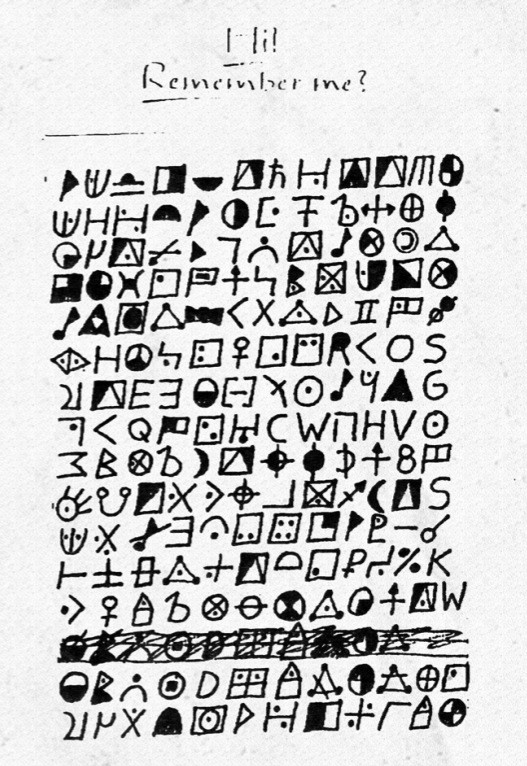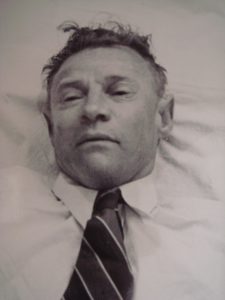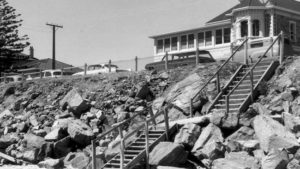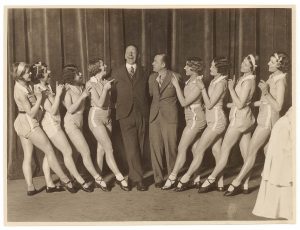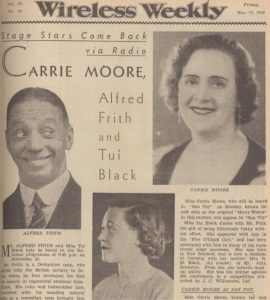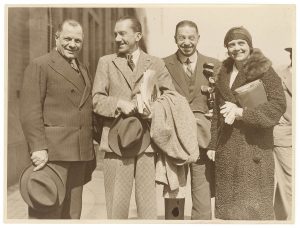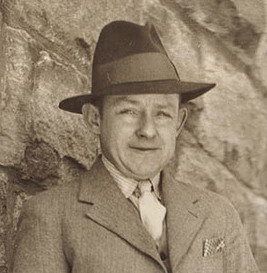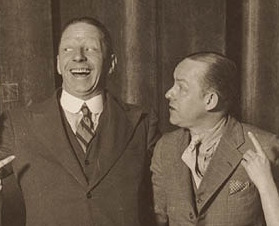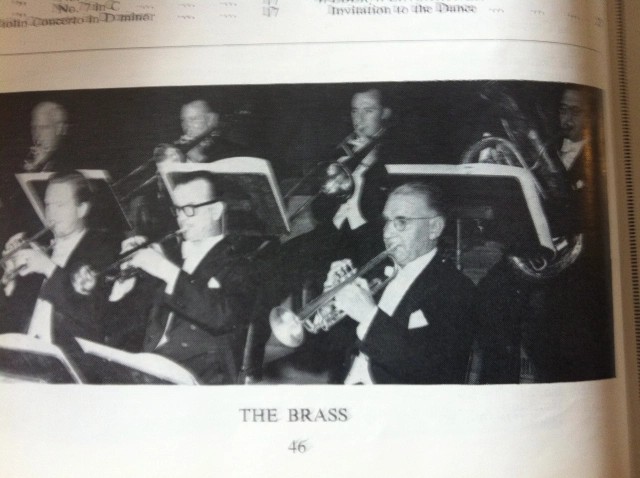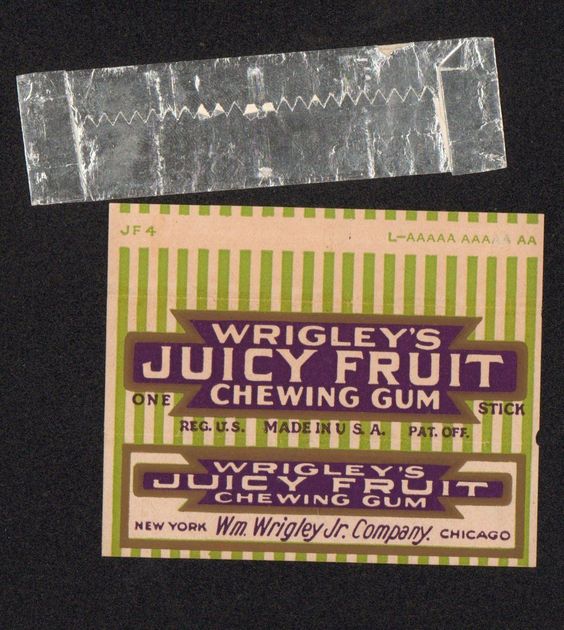I was recently reminded that, having got sidetracked by Triantafillos & Stelios Balutis, I hadn’t got round to returning to the Balutz line of inquiry. So here are some notes on Balutz-surnamed people to keep you going. 🙂
By the way, even though you might think that “Balutz” came from the slum district of Bałuty in northern Łódź (the one that became a horrific ghetto in WWII), I actually suspect that the two aren’t connected in any useful way. (But please feel free to correct me if I’m wrong!)
Balutz to think about
Despite (as previously discussed) Trove offering up only the single (albeit intensely interesting baccarat-school-related) mention of Balutz, American newspapers and archives offer up a fair few Balutzes to work with.
So, whereas my last post here discussed Lithuanian migration to Britain 1868-1905, this post’s focus is mainly on Romanians and Hungarians called Balutz emigrating to the US, mainly via the port of Hamburg.
Typical of this wider narrative are Miklos Balutz (b. ~1881), Avisalom Balutz (b. ~1880), and Samuel Balutz (b. ~1870), all from Keresd in Hungary (well, in that part of Transylvania which is now in Romania). In the 1905 New York State Census, we can see all three living as boarders in Ellicott Place, Lancaster, Erie: the annotation says that they are a “laborer family“.
For Miklos, you can see him departing Hamburg on 11 Dec 1904, travelling on the S.S. Patricia to New York via Dover and Boulogne, arriving 25th Dec 1904. Similarly, Avisalom travelled from Liverpool to New York, arriving on 6 Nov 1904: and appears to have travelled again from Hamburg to New York (via Cuxhaven, Southampton & Cherbourg), arriving on 14 Sep 1912.
In 1917-1918, we can see “non-declarant alien” Avisalom Joan Balutz (born Feb 1880), now a laborer of 212 Plum Alley, Trumbull County, Ohio, enlisting in the US Army. (Note that there are now plenty of people with the surname Balut in Trumbull County.) Avisalom’s next of kin was a John Balutz of 619 Powersdale Avenue, Youngstown, Ohio. Presumably this was the same John Balutz who was a laborer boarding in 40 Tenth in Youngstown, PA in 1915.
Elsewhere in Pennsylvania, this was broadly around the same time (according to a Wasilchak/Balutz family tree on ancestry.com) that a John Balutz married Anna Truhan (1896-1974) and begat Peter (?), Helen (1917-1942), Nicholas (1919-), Paul (1920-) and Mary Balutz (1922-2011), many of whom were born in Jessup, PA.
On 28 Feb 1923, we hear of an Anna Balutz having surgical treatment in Ellwood Hospital: but on 09 Mar 1917, we also read of Zack Balutz (of Second Street, Ellwood) also being admitted to hospital.
In 1930-1945, John, Anna and Mary Balutz were resident in 120 Palm St, Olyphant, Lackawanna, PA, yielding a further cluster of Balutz archival sightings. On 17 Aug 1931, we see a Helen Balutz, 14, of the same address being involved in an accident (for which she was awarded damages in Nov 1931): the same Helen Balutz died in October 1942 after a short illness.
Are all these John Balutz and Anna Balutz sightings at both ends of Pennsylvania of the same people? (I guess so, but I don’t know for sure.)
More Balutzes from Keresd
Apart from the above, we also have the Julie Lanke Dudrick family tree on ancestry.com to work with. This flags an Atyim (John) Balutz (1861-), father of Zachary (Zaharia) Băluț (check out my diacritics, all you doubters), (b. 1884 in Malincrav, Romania, d. 21 December 1941, Terre Haute, Indiana).
We first see an Atkime Balutz aged 42 from Keresd travelling from Bremen to Baltimore in 1902, to stay with a “Bath, Joh.”.

Though I can’t make out the rest of the destination, it seems he had already made the trip before in 1899. We then see Atyim Balutz arriving in Baltimore, Maryland from Bremen in 1903, heading for Alliance, Ohio.
After that, we see Zachary arrive in New York from Bremen in 1907 on the Kaiser Wilhelm Der Grosse. In 1920, he was living at 1913 8th Avenue with his brother-in-law Peter (Petru) Saracin and sister Sophy (Zenovia) Saracin. In Ellwood City in 1922, he saved a fellow worker from being gassed.
And… there are about a further 30 or 40 Balutzes, whose immigrant lives simply don’t seem to hit the suburban newspaper chatterati’s radar.
Do You See The Problem Here?
Despite having tried to trace a fair few Balutzes above, there’s actually very little narrative thread to grab hold of and follow. Rather, what we seem to be seeing here is a broad brush of history being dourly daubed, as a whole generation of European immigrants found itself absorbed into and consumed by America’s circa-1900 capitalist machinery.
Some, like John Balutz, married and raised families: but many, perhaps isolated by language / culture / prejudice / racism / whatever, seem to have struggled to find a place for themselves in America beyond simply their narrowly-allocated role as raw muscle.
Within the sphere of genealogical research, this working class invisibility seems to impose a kind of lower bound, below which almost nothing is visible. It makes the tools of genealogy seem impossibly middle class, as if we are trying to understand bats by dissecting cuttlefish. Honestly? Right now, I’m sorry but it feels like we don’t stand the faintest chance here. 🙁
So… Where Next, Nick?
So I’m still interested by the mysterious baccarat school Balutz: unless anyone knows better, he seems likely to me to have been born to Romanian parents around the turn of the century, perhaps in America.
All the same, I have to say that the archival tides don’t seem to be flowing in our direction here. Really, we need the archives to provide us with a lucky break, which – as I hope you already know – only normally happens in Dan Brown novels.
But… let’s just cross our collective fingers and hope for the best, eh?
